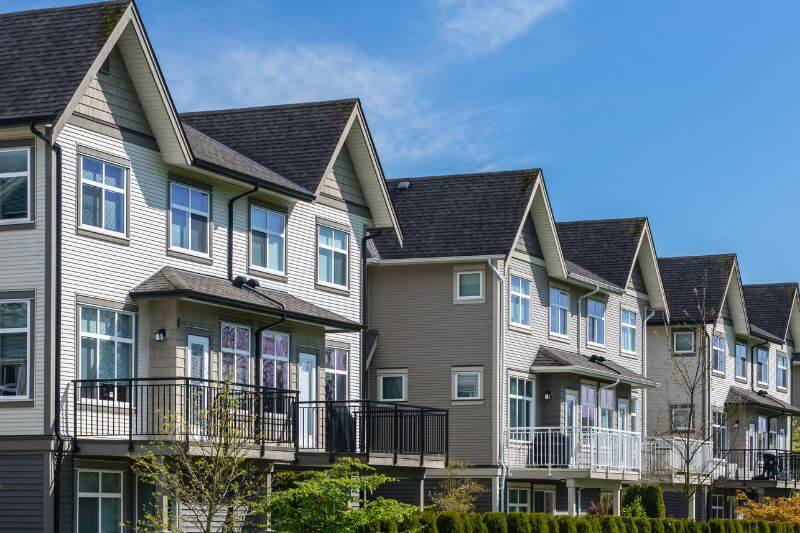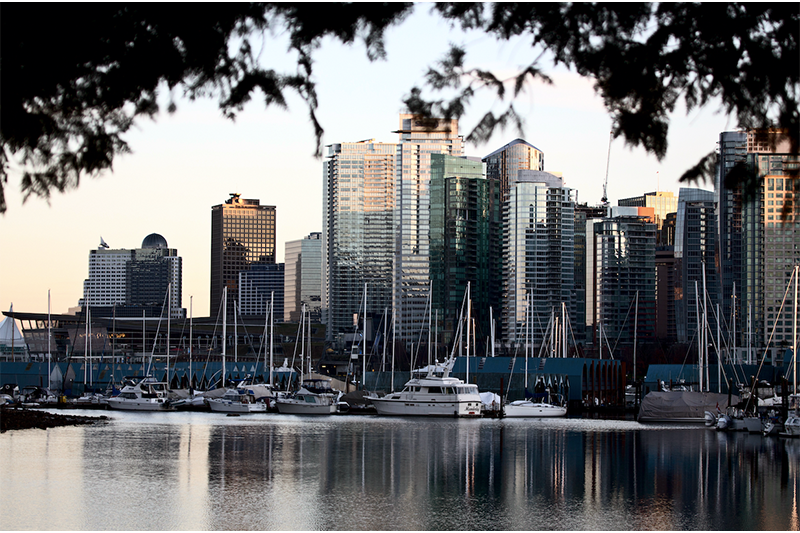More than 1.5 million British Columbians – about 30% of the population – live in
strata housing; 1 considering stratification trends, increasing market prices, and the realization that strata housing can offer an unparalleled level of security, convenience and/or amenities for a price point that cannot be met in non-strata homes, it can only be expected that the percentage of people living in strata housing will continue to increase over time. Stratas are an appealing option for people on all ends of the housing spectrum – from those who want to break into the explosively high housing market, to those who want to downsize in preparation for retirement, stratas offer something for everyone.
What’s a Strata?
Strata ownership conveys an estate in fee simple (or, in some cases, a leasehold) over a specific part (strata lot) of a larger whole (building or property). Each titleholder owns his own unit or house and has rights to exclusively possess his strata lot, as well as to mortgage, sell or transfer his title. In addition, each owner is assessed taxes for his own strata lot only; there is no taxation value for the common property. There are, however, “shared” parts of a strata that are deemed limited common property, which is assigned to a specific strata lot for the owner’s exclusive use, or common property, which may be used by all owners in the strata corporation. For this reason, it is common to see easements or covenants registered over the strata common property title.
Residential Strata Options
- Apartments / Condominiums: an owner holds title to his own unit; all owners in the strata have proportional ownership, in accordance with unit entitlement, with equal and collective use over common property like hallways, recreational facilities and elevators.
- Townhomes: an owner holds title to his own unit, which adjoins other units only on the side(s) (with common walls or party walls); typically, each has an enclosed yard or patio, which is designated as limited common property for the exclusive use of that owner. Depending on the Strata Plan, the external roof and walls, yard, recreational facilities, and parking areas are designated as common property or limited common property.
- Duplexes: comprise two side-by-side or up-and-down units; yards and fencing are common or limited common property (which may be problematic because there is no majority to resolve disputes between only two owners).
- Manufactured homes: the actual pads in a manufactured home park may be stratified.
- Detached Dwellings On Bare Land Strata Lots: a large property is divided into smaller strata lots (with property) and each owner can build his own detached house on his lot; typically, there is little or no common property, but bylaws create uniformity of appearance and impose maintenance standards for all dwellings.
A strata may be residential, commercial (warehouse, industrial or recreational properties), or even a mix of both, with commercial units on the ground floor of a high rise and residential units above.
Formation and Governance
Strata Corporations are governed primarily by the Strata Property Act, but also by the Real Estate Act, the Land Title Act and the Residential Tenancy Act.
Note: Stratas provide a community living environment and have some striking similarities to co-operative housing. However, strata corporations are not the same as co-operatives.
The owners of all the units in a strata comprise the strata corporation, which is an entity that has the same power and capacity of a natural person and which purpose is to manage and maintain the common property and assets of the strata (including obtaining insurance) for the benefit of all the owners. A strata corporation achieves this through its Council, which is a group of owners who are (re)elected each year by the strata owners at an Annual General Meeting (AGM). It is at this meeting where owners vote to approve the next year’s budget, which sets out the monthly strata fees that owners will pay, in accordance with unit entitlement, in order to contribute to the strata’s upkeep. In addition to these mandatory financial contributions, all owners are bound by the strata corporation’s bylaws and rules, which set the parameters for how owners will be expected to co-exist and use common property. Some strata corporations have restrictions on renting units and/or restrictions with regards to pets (type and number), so a buyer should carefully read all bylaws and rules before making an offer to purchase a strata lot.
Due Diligence – Documents to Review Before Buying a Strata
In addition to reviewing a strata corporation’s bylaws and rules, a prospective purchaser should also obtain and read the following, before removing subjects on an accepted offer [the essentials of offer and acceptance] :
- the last 2 year’s-worth of strata Council Minutes
- Strata Form B Information Certificate
- Strata’s Certificate of Insurance (Proof of Loss /Deductible Page)
- Strata Plan
- Depreciation Report
- Rental Disclosure Statement
Note: Buyers will need a Strata Form F Certificate of Payment prior to completion, but your Notary Public can assist in ordering this for you.
[1] Government of British Columbia, Strata Housing, online: www2.gov.bc.ca/gov/content/housing-tenancy/strata-housing







